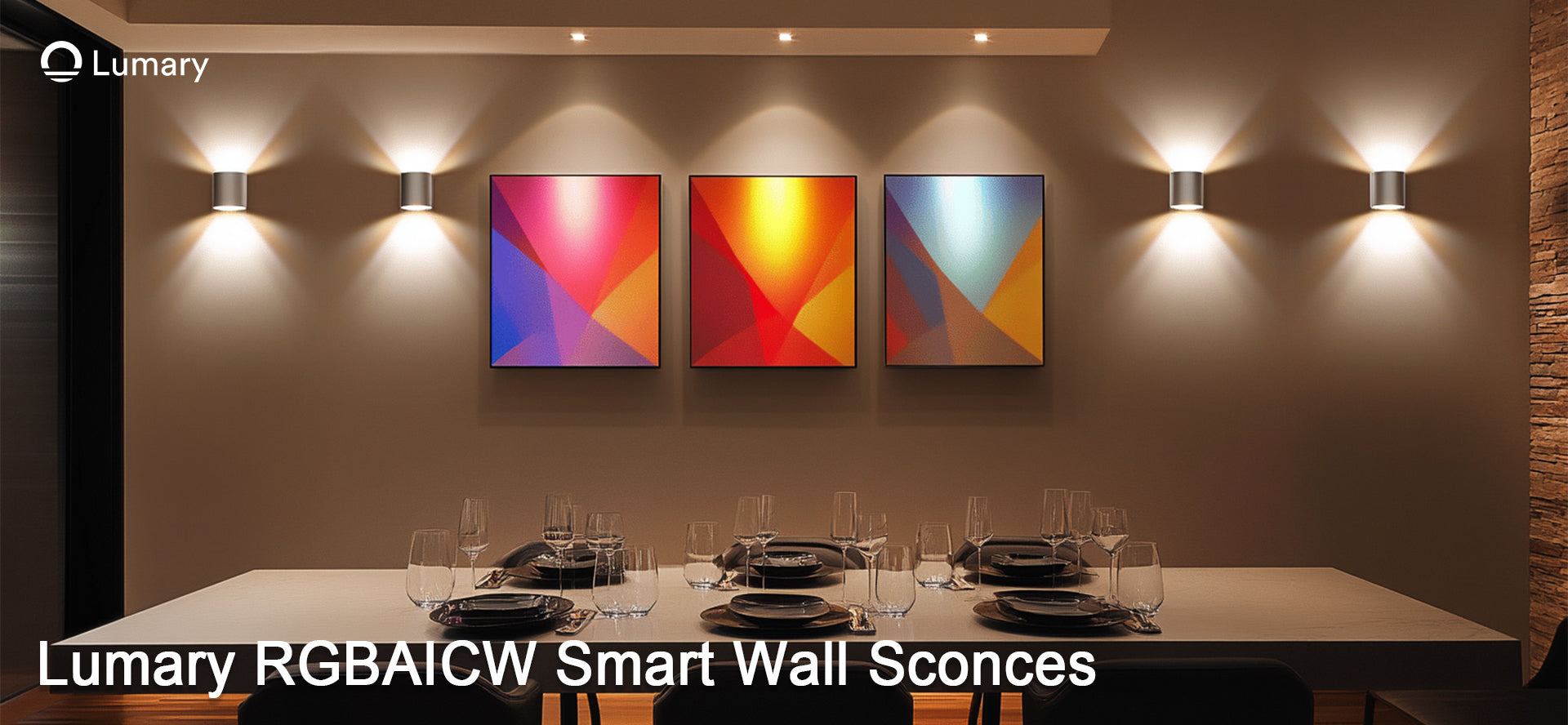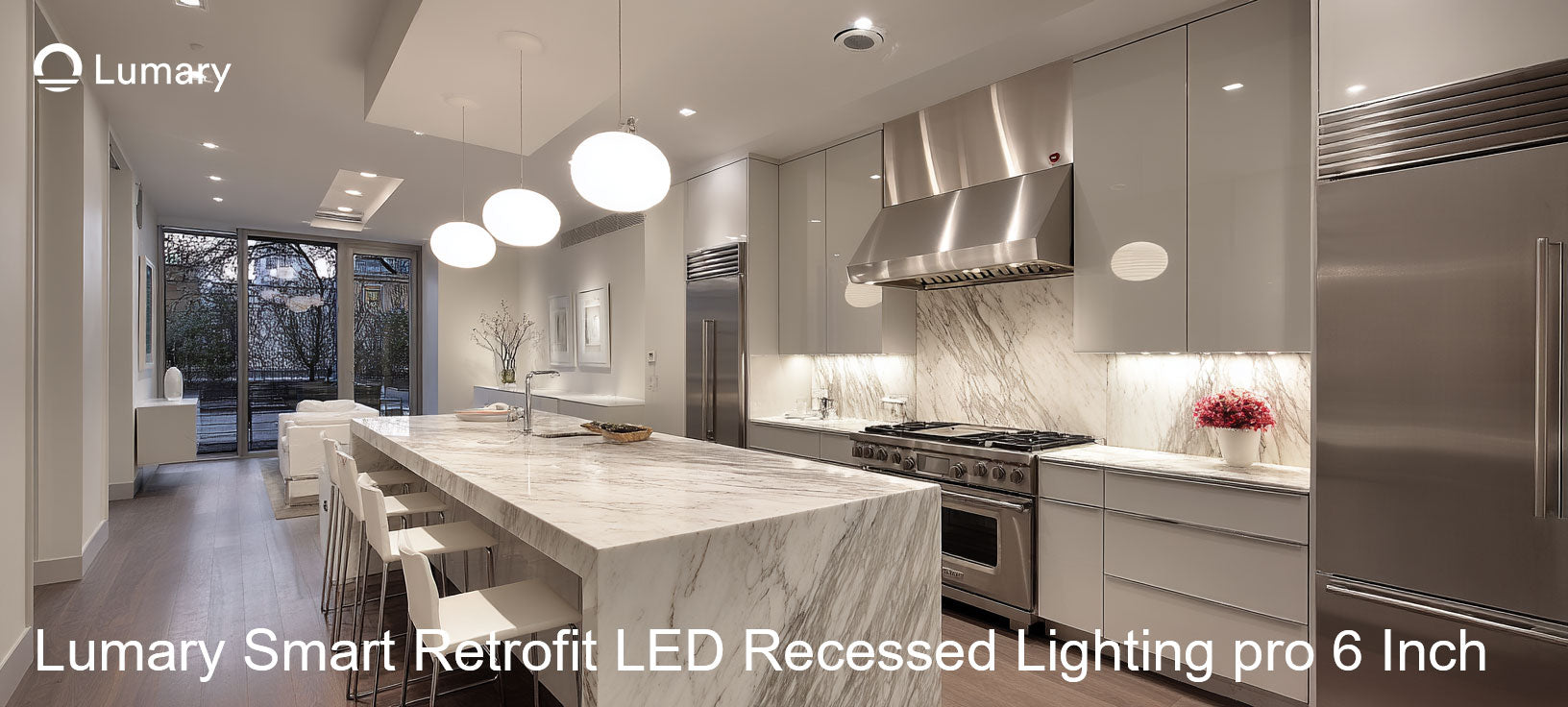LED high bay lights offer numerous benefits, making them an excellent choice for illuminating large spaces. These lights provide bright illumination and reduce energy consumption by 70-80% compared to traditional lighting options. This efficiency translates into significant savings on electricity bills. Proper installation is crucial to ensure optimal performance and safety. The Lumary UFO LED High Bay Light with Motion Sensor stands out as a top-tier product. It delivers exceptional brightness and energy efficiency, making it ideal for various applications. Experience the advantages of LED high bay lights 5000K and transform your environment today.
Safety Precautions and Necessary Tools

Safety Precautions
Importance of Turning Off Power
Before you begin installing LED high bay lights, ensure you turn off the power supply. This step is crucial to prevent electrical shocks and ensure your safety. Always double-check that the power is off by using a voltage tester. This simple precaution can save you from potential hazards.
Use of Protective Gear
Wearing protective gear is essential during installation. Equip yourself with safety goggles and gloves to protect against accidental injuries. A hard hat can also be beneficial if you're working in a space where objects might fall. Prioritizing safety gear helps you avoid unnecessary risks.
Necessary Tools
List of Tools Required for Installation
To install LED high bay lights effectively, gather the following tools:
-
Voltage Tester: To confirm the power is off.
-
Screwdriver Set: For securing fixtures and brackets.
-
Wire Strippers: To prepare wires for connection.
-
Drill and Drill Bits: For creating mounting holes.
-
Measuring Tape: To ensure accurate placement.
-
Ladder: To reach high installation points safely.
Having these tools ready will streamline the installation process and help you work efficiently.
Tips for Tool Selection
When selecting tools, choose those that are durable and reliable. Opt for a screwdriver set with magnetic tips to prevent screws from falling. Ensure your ladder is stable and the right height for your workspace. Investing in quality tools not only makes the job easier but also enhances safety and precision.
"Before fitting any LED light fixture, it is important to prepare. Check that your LED device is the correct size and voltage for your application." - LED Installation Best Practice
By following these safety precautions and gathering the necessary tools, you set the stage for a successful and safe installation of your LED high bay lights.
Choosing the Right LED High Bay Lights
Selecting the appropriate LED high bay lights 5000K is crucial for achieving optimal lighting in your space. This section will guide you through understanding the benefits of 5000K lighting and the factors to consider when making your choice.
Understanding LED High Bay Lights 5000K
Benefits of 5000K Lighting
5000K lighting closely resembles natural daylight, which enhances visibility and creates a vibrant environment. This color temperature is known for its ability to improve mood and boost productivity. When you use 5000K lighting, you can expect a well-lit space that reduces eye strain and fatigue. This makes it an excellent choice for areas where clarity and focus are essential.
Suitable Applications for 5000K Lights
LED high bay lights 5000K are ideal for various settings. You can use them in warehouses, gyms, and workshops where bright, clear lighting is necessary. These lights are also suitable for commercial and industrial applications, as they help increase productivity and reduce eye fatigue. By choosing 5000K lighting, you ensure that your environment is both functional and inviting.
Factors to Consider
Wattage and Lumens
When selecting LED high bay lights, consider the wattage and lumens. Wattage indicates the energy consumption of the light, while lumens measure the brightness. Higher lumens mean brighter light. Choose a light with the right balance of wattage and lumens to meet your specific needs. For large spaces, opt for lights with higher lumens to ensure adequate illumination.
Compatibility with Existing Fixtures
Before purchasing LED high bay lights, check their compatibility with your existing fixtures. Ensure that the lights fit properly and can be easily installed. Compatibility is essential for seamless integration and optimal performance. By confirming these details, you avoid potential installation issues and ensure a smooth transition to LED lighting.
"A color temperature of 4,000 Kelvin or higher can help to increase productivity and reduce eye fatigue, making it more suitable for commercial and industrial applications." - Linear LED High Bay Lights Guide
By understanding the benefits of 5000K lighting and considering key factors like wattage and compatibility, you can make an informed decision when choosing LED high bay lights. This ensures that your space is well-lit, efficient, and conducive to productivity.
Step-by-Step Installation Guide

Preparing for Installation
Turning off Power
Begin by ensuring safety. Turn off the power supply to the area where you will install the LED high bay lights. Use a voltage tester to confirm that the power is indeed off. This step is crucial to prevent electrical shocks and ensure a safe working environment.
Removing Old Fixtures
Next, remove any existing fixtures. Carefully unscrew and detach them from their mounts. Handle the old fixtures with care to avoid damage or injury. Once removed, inspect the area to ensure it is clean and ready for the new installation.
Installing New Lights
Choosing the Right Location
Select the optimal location for your new LED high bay lights. Consider the height and spacing to ensure even illumination. For large spaces, position the lights approximately twice their height apart. This arrangement provides balanced lighting coverage.
Selecting Appropriate Mounting Hardware
Choose the right mounting hardware for your installation. You can use hook mounting or bracket mounting, depending on your preference and the structure of your space. Ensure the hardware is sturdy and compatible with your LED high bay lights. Secure the mounting brackets firmly to prevent any movement or instability.
Wiring and Testing
Connecting Wires Safely
Proceed to connect the wires. Use wire strippers to prepare the wires for connection. Follow the manufacturer's instructions to ensure proper wiring. Make sure all connections are secure and insulated to prevent electrical hazards. If you are unsure about the wiring process, consult a professional electrician.
Professional Electrician: "In the case of high ceiling installations or complex settings, it is highly advisable to consult a professional electrician to ensure that the installation is properly done and in compliance with safety regulations."
Testing the Installation
Finally, test the installation. Turn the power back on and check if the lights function correctly. Observe the brightness and coverage to ensure they meet your expectations. If any issues arise, troubleshoot the connections or consult the product manual for guidance. Proper testing ensures that your LED high bay lights operate efficiently and safely.
Maintenance Tips
Regular maintenance of your LED high bay lights ensures they remain efficient and long-lasting. By following these simple tips, you can keep your lighting system in top condition.
Regular Cleaning
Importance of Keeping Lights Dust-Free
Keeping your LED high bay lights dust-free is crucial for maintaining their brightness and efficiency. Dust accumulation can reduce light output and affect the overall performance of the lights. By regularly cleaning your lights, you ensure they provide optimal illumination and maintain their energy efficiency.
Recommended Cleaning Methods
To clean your LED high bay lights, follow these steps:
-
Turn Off the Power: Always ensure the power is off before cleaning to prevent electrical hazards.
-
Use a Soft Cloth: Gently wipe the surface of the lights with a soft, dry cloth to remove dust and debris.
-
Avoid Harsh Chemicals: Use mild soap and water if necessary, but avoid harsh chemicals that could damage the lights.
-
Check for Obstructions: Ensure there are no obstructions around the lights that could hinder their performance.
Regular cleaning not only keeps your lights bright but also extends their lifespan.
Periodic Inspections
Checking for Wear and Tear
Periodic inspections help you identify any signs of wear and tear in your LED high bay lights. Look for loose connections, damaged wires, or any physical damage to the fixtures. Addressing these issues promptly prevents further damage and ensures the safety of your lighting system.
Ensuring Optimal Performance
To ensure your LED high bay lights perform optimally, conduct regular performance checks. Verify that the lights are functioning correctly and providing adequate illumination. If you notice any flickering or dimming, troubleshoot the issue or consult a professional for assistance.
Testimonial: "High bay LEDs require minimal maintenance compared to traditional lighting, reducing operational costs and downtime."
By incorporating regular cleaning and periodic inspections into your maintenance routine, you can enjoy the benefits of efficient and reliable LED high bay lighting.
FAQs
Common Concerns
How to Troubleshoot Flickering Lights
Flickering lights can be frustrating, but you can often resolve this issue with a few simple steps. Start by checking the power supply. Ensure that the connection is secure and that there are no loose wires. If the power supply is stable, examine the bulb itself. Sometimes, a faulty bulb can cause flickering. Replace it with a new one to see if the problem persists.
Next, inspect the fixture. Look for any signs of wear or damage that might affect the light's performance. If everything seems in order, consider the possibility of voltage fluctuations. These can cause lights to flicker intermittently. You might need to consult a professional electrician to address this issue.
Maintenance Electrician Interviewee: "Safety, documentation, and collaboration are crucial when troubleshooting electrical faults. Always prioritize these aspects to ensure a safe and effective resolution."
What to Do if a Light Doesn't Turn On
When a light doesn't turn on, begin by checking the power source. Confirm that the switch is in the "on" position and that the circuit breaker hasn't tripped. If the power supply is intact, examine the bulb. A burnt-out bulb is a common cause of this issue. Replace it with a new one to see if the light functions.
If the bulb isn't the problem, inspect the wiring. Loose or damaged wires can prevent the light from turning on. Ensure all connections are secure and free from damage. If you're unsure about handling electrical components, seek assistance from a qualified electrician.
Finally, consider the fixture itself. Sometimes, internal components can fail, leading to a non-functional light. In such cases, replacing the fixture might be necessary. Always document your troubleshooting steps and collaborate with professionals when needed to ensure a safe and efficient solution.
Properly installed LED high bay lights offer numerous benefits. You enjoy significant energy savings and enhanced illumination, which improve productivity and reduce operational costs. Regular maintenance ensures these lights last longer, maintaining their efficiency and performance. By keeping your lights clean and inspecting them periodically, you can prevent issues and extend their lifespan.
"High bay LEDs require minimal maintenance compared to traditional lighting, reducing operational costs and downtime."
Feel free to leave comments or questions below. Your feedback helps us provide better assistance and address any concerns you might have.

















